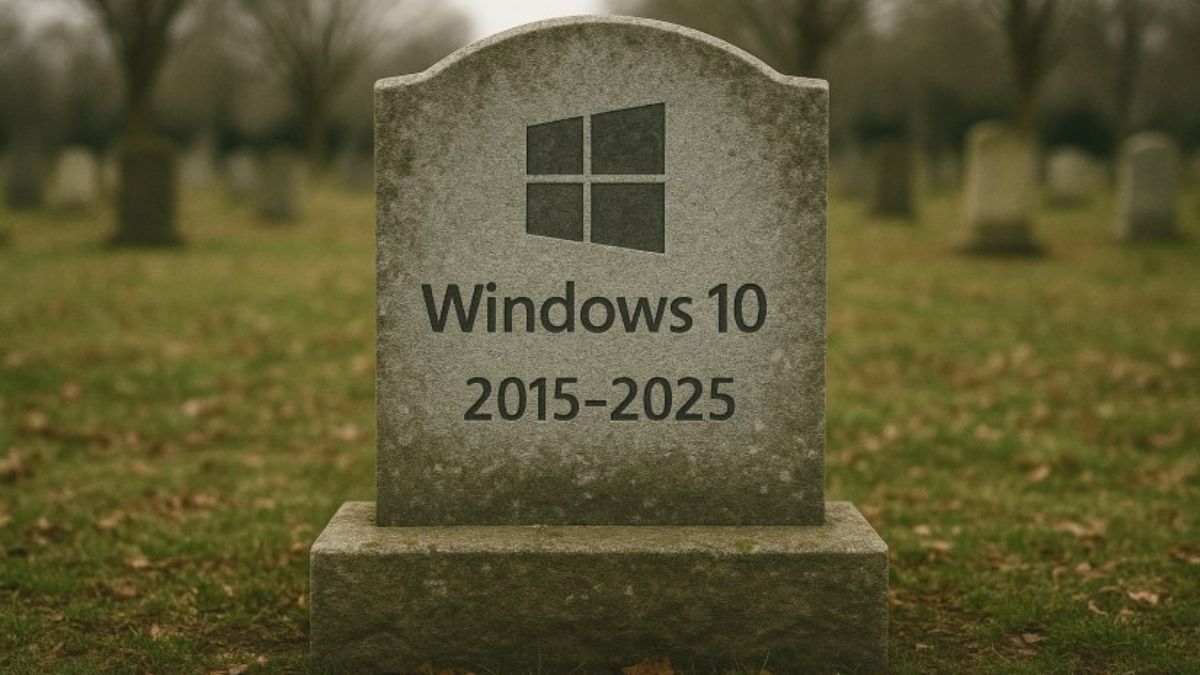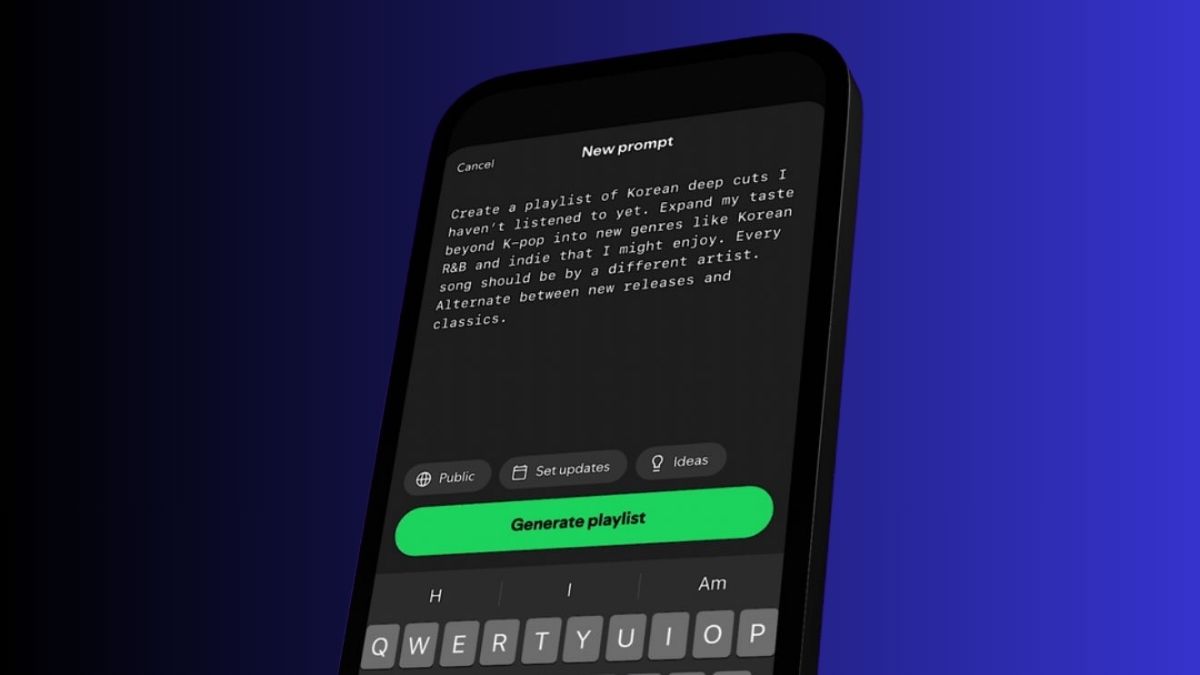Microsoft is facing a troubling start to 2025 as new data reveals a concerning trend: over 65% of Windows users are at risk of missing out on crucial security updates.
Despite the looming deadline for Windows 10’s end-of-life in October 2025, the number of users upgrading to Windows 11 has slowed, and Windows 10’s market share has actually increased in recent months.
Windows 10 vs. Windows 11
Windows 11 had seen some growth towards the end of 2024, but by December, Windows 10’s market share had bounced back, and Windows 11’s had dropped to around 34%.
Microsoft had previously announced an extended support option for Windows 10 users, offering a final 12 months of updates for $30. However, this may be causing more harm than good, delaying the inevitable end-of-life situation without encouraging users to switch to Windows 11.
Security Risks Loom
With 850-900 million users still on Windows 10, many are heading towards the deadline without a clear path to upgrade.
Around 400 million PCs are unable to upgrade to Windows 11 due to hardware limitations, and some users may neglect to pay the $30 fee for continued support.
This leaves a significant portion of users vulnerable to security threats, especially at a time when cyber risks are heightened.
The Future of Windows
As the October 2025 deadline approaches, Microsoft may need to reconsider its strategy. If the trend of declining Windows 11 adoption continues, over 70% of the market could be running an outdated, unsupported OS by the fall.
This raises concerns about the long-term security of millions of PCs and the potential environmental impact of discarded hardware.
For now, all eyes are on the next few months of data to determine whether this trend will continue or if Microsoft will make adjustments to avoid a larger crisis.













